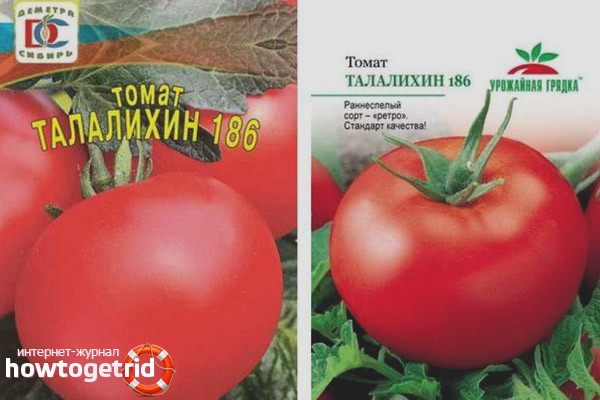The content of the article
The variety is very common among gardeners living in areas with not the warmest climate (Urals, Siberia and the Far East). This is due, first of all, to its increased resistance to low temperatures.
The tomato was obtained by agricultural specialists at the Belarusian Research Institute of Potato in the distant 1954. During this time, it established itself only on the positive side and gained a significant number of admirers among gardeners. Recommended for cultivation in open ground and greenhouse conditions. But the first method is more common.
Characteristics
Early ripe, determinant variety with a sweet, slightly sour taste. It grows to a height of 40-70 centimeters, the bushes are semi-spreading. The inflorescence is simple. The first appears above the seventh sheet. Subsequent - in two. 3-4 brushes with 2-3 fruits grow on the main stem.
Tomatoes have a flat round shape. The size is average. Color: before ripening, dark green, then orange or bright red. Inside the tomato there are from 7 to 13 seed chambers. The leaves are medium sized, green. The weight of the fetus is about 80-110 grams. The skin is smooth with barely visible ribs. Has 6-8 correctly located nests.
From the moment of transplanting seedlings into the ground and before harvesting, approximately 100-110 days pass. Fruits in two months in large quantities. Productivity is in the range of 2.5 - 6.5 kilograms per square meter.
It is used fresh. It is used for making juices, tomato paste and ketchup.
Growing Features
After 55-60 days (approximately in the middle of May), seedlings are transferred to open ground to a depth of 4 centimeters. At the same time they protect against temperature extremes by covering material. Two weeks after planting the bushes, it can be removed. Inside the holes, it is not superfluous to lay manure or chicken droppings.
To get a decent crop, there is no need to add peat and expensive fertilizers to the soil in large quantities. Systematic loosening, watering and top dressing of the earth will suffice.
Watering is best done after sunset or in the early morning. If you do this during the day, then only in cloudy weather. Fertilizing the earth is carried out twice during the growth of the plant. The first time this is done when the ovary appears (nitrogen and potassium fertilizers are used). The second time - with the appearance of tomatoes (phosphorus and potassium mixtures are used).
For aeration of the roots, it is necessary to loosen the soil in a timely manner. This will help in the fight against pests that affect the root system of the tomato. Weeding the beds is recommended weekly. Otherwise, crop losses can be up to 30 percent.
To combat diseases, the treatment of plant leaves with special substances is used. Chemical pesticides can be used to kill pests. The main thing in this matter is not to overdo it. In the fight against pests, the introduction of ash flour into the soil is effective.
You can achieve good fruiting by performing simple care measures:
- Qualitatively prepare the land for planting.
- Plant sprouts at a distance of 20-30 centimeters.
- Carry out garter and pinching (only once, forming a plant in three stems).
- During the growth period, make sure that the bush does not come into contact with the ground.Otherwise, high probability of late blight infection.
- Timely feed and water.
- Systematically carry out measures to protect against diseases and pests.
Having completed all these operations, the summer resident has the right to hope for an excellent result.
Advantages and disadvantages
The advantages of tomato Talalikhin 186, of course, can be considered:
- Pleasant taste.
- Good fruiting.
- Resistance to low temperatures.
- Friendly ripening of fruits.
- Marketable condition.
By cons include:
- Weak protection against fungal diseases.
- Poor transportability (during transportation, the fruits crumple and rot).
Reviews
- Peter Andreevich M., 43 years old: Old, time-tested tomatoes. Good for everyone: taste, productivity. If not for one significant drawback - too susceptible to late blight.
- Andrey Saveliev, 37 years old: I have been planting Talalikhin 186 for a long time. Before that I tried many other tomatoes. The main advantage is that it is not afraid of frost.
Video: Talalikhin 186 tomatoes










Submit